Muse, tell me the things done by golden Aphrodite,
the one from Cyprus, who arouses sweet desire for gods
and who subdues the populations of mortal humans,
and birds as well, who fly in the sky, as well as all beasts
– all those that grow on both dry land and the sea [pontos].
They all know the things done by the one with the beautiful garlands, the one from Cythera.
- From the anonymous “Homeric Hymn to Aphrodite” c. 7th century BC translated by Gregory Nagy

Aphrodite (the ancient Greek goddess of beauty, love, marriage, passion, pleasure, procreation, prostitution and more) has arisen for me as a fascinating representative of female sexuality and agency. She is literally a fluid subject born of the ocean and celebrating, performing, supporting (and manipulating) love in all its various forms. I have begun my research into the mythos, history and meaning of Aphrodite along with her spiritual ancient Greek daughters/sisters the beautiful Helen of Troy (and Sparta and Argos) and the great poet Sappho of Lesbos. I intend to enact and embody these heroines of ancient Greece when I return to Portugal in a few weeks (March 22nd) to work with my collaborator, photographer, Luis Branco. This process of investigation and manifestation, that I have employed with several other historical heroines (most recently Eve and Salome), puts me in a kind of fugue state. I literally enter into these fabled women’s footsteps, bosoms, psyches and the mythologies that surround them. I examine these heroines / figures in ancient texts, contemporary scholarship and also in their representations in multiple art forms throughout history. Of course, many of these historic representations and texts are by men, so I must take this into account in my reimagining of these heroines. I contemplate these storied women and remake them in my own vision and visage.
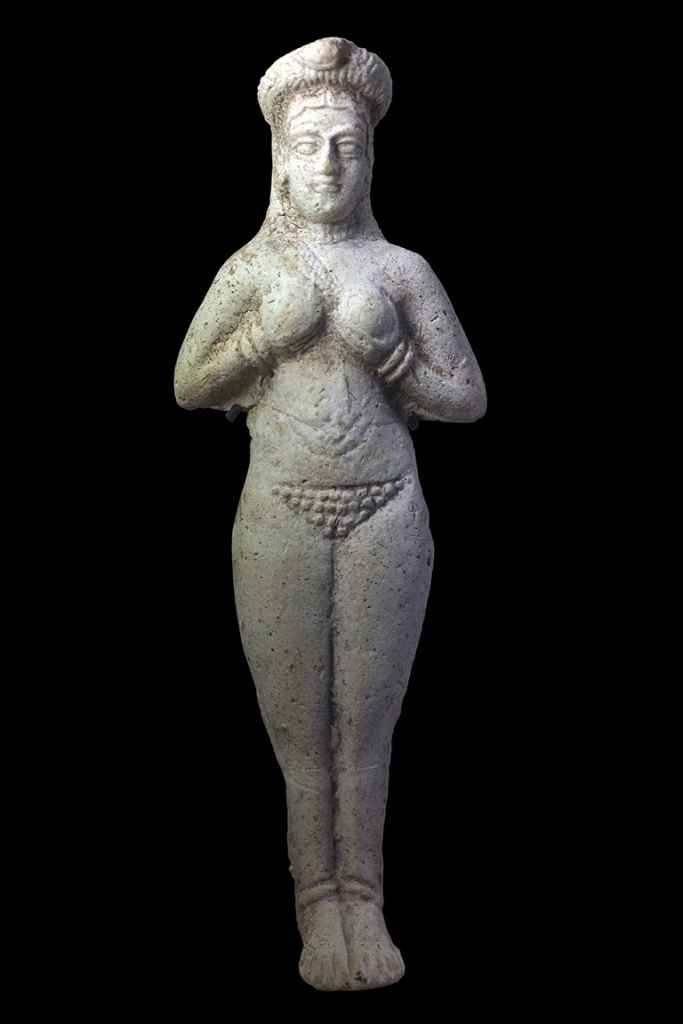
Aphrodite emerges in early Greek history, literature, mythology as a syncretic goddess. Her powerful antecedent goddesses from the ancient civilizations across the waters of the Eastern Mediterranean are the Bronze Age deities; Innana, Ishtar and Astarte (and there are many more). Astarte was a goddess of the Phoenician and Canaanite pantheons associated with war, sexuality and royal power. All these ancient goddesses represented sexuality, power and fertility in varying degrees.

Aphrodite has been represented as a powerful, sometimes deceitful and manipulative, overwhelmingly beautiful and seductive goddess from her early beginnings in Greek mythology, cosmology, poetry and art. There are several different legends of Aphrodite’s birth— I am most compelled by the story of her primal birth in Hesiod’s “Theogony” (literally “The Birth of the Gods” composed between 730 and 700 BC). The story goes like this . . .
The world began with the spontaneous generation of four primordial beings: Chaos (the original Space in which creation takes place); then Gaia (Earth); Tartarus (Void) and Eros (Desire). These primal beings produced many elemental progeny. From Chaos came Darkness, Night, Brightness, Day . . . Gaia’s progeny includes Ouranus the Sky god, Ourea the Mountain god and Pontus the Sea god. Gaia (the elemental Earth goddess) has many offspring with her own son Ouranus the Sky god; these include the twelve Titans (Chronos among them), Cyclops and many other pretty horrific primal beings. Gaia becomes weary of the burden of bearing these difficult beings with Ouranus. She devises a plan to castrate Ouranos with a huge metal sickle or knife. Gaia asks their son Chronos to perform this task and Chronos agrees.
This is part of the story from Hesiod’s “Theogony” lines 176 to 200 (I am not sure whose translation this is):
And now on came great Ouranos, bringing Night with him.
And, longing for love, he settled himself all over Earth.
From his dark hiding-place, the son reached out
With his left hand, while with his right he swung
The fiendishly long and jagged sickle, pruning the genitals
Of his own father with one swoop and tossing them
Behind him, where they fell to no small effect.
Earth soaked up all the bloody drops that spurted out,
And as the seasons went by she gave birth to the Furies
And to great Giants gleaming in full armor, spears in hand,
And to the Meliai, as ash-tree Nymphs are generally called.
The genitalia themselves, freshly cut with flint, were thrown
Clear of the mainland into the restless, white-capped sea,
Where they floated a long time. A white foam from the god-flesh
Collected around them, and in that foam a maiden developed
And grew. Her first approach to land was near holy Cythera,
And from there she floated on to the island of Cypros.
There she came ashore, an awesome, beautiful divinity.
Tender grass sprouted up under her slender feet.
Aphrodite
Is her name in speech human and divine, since it was in foam
She was nourished. But she is also called Cythereia since
She reached Cythera, and Cyprogenes because she was born
On the surf-line of Cypros, and Philommedes because she loves
The organs of sex, from which she made her epiphany.
Eros became her companion, and ravishing Desire waited on her
At her birth and when she made her debut among the Immortals.
From that moment on, among both gods and humans,
She has fulfilled the honored function that includes
Virginal sweet-talk, lovers’ smiles and deceits,
And all of the gentle pleasures of sex.
This is quite the elemental image and idea— beautiful Aphrodite emerges fully formed; born of Ouranus’s castrated giant phallus. The “foam” from which Aphrodite arises is the semen of her father Ouranus the god of the Sky. Her half-brother Chronos is the perpetrator of this heinous deed, castrating his own father at the bequest of his mother Earth (Gaia). Aphrodite is gestated in this matrix/fluid of her father’s phallus. She arises from the sea foam / seminal fluid with her two companions Eros (Eros is the primordial god of Love and sex) and Himeros (the god of uncontrollable and ravishing Desire). One of Aphrodite’s Greek names is Philommedes which has two meanings; both “genital loving” and “smile loving.” This story of her birth in Hesiod’s Theogony pre-dates the birth of Zeus and the other Olympian gods and goddesses. In other stories (Homer et all) she is the progeny of Zeus and the Titan goddess of the ocean, Dione.
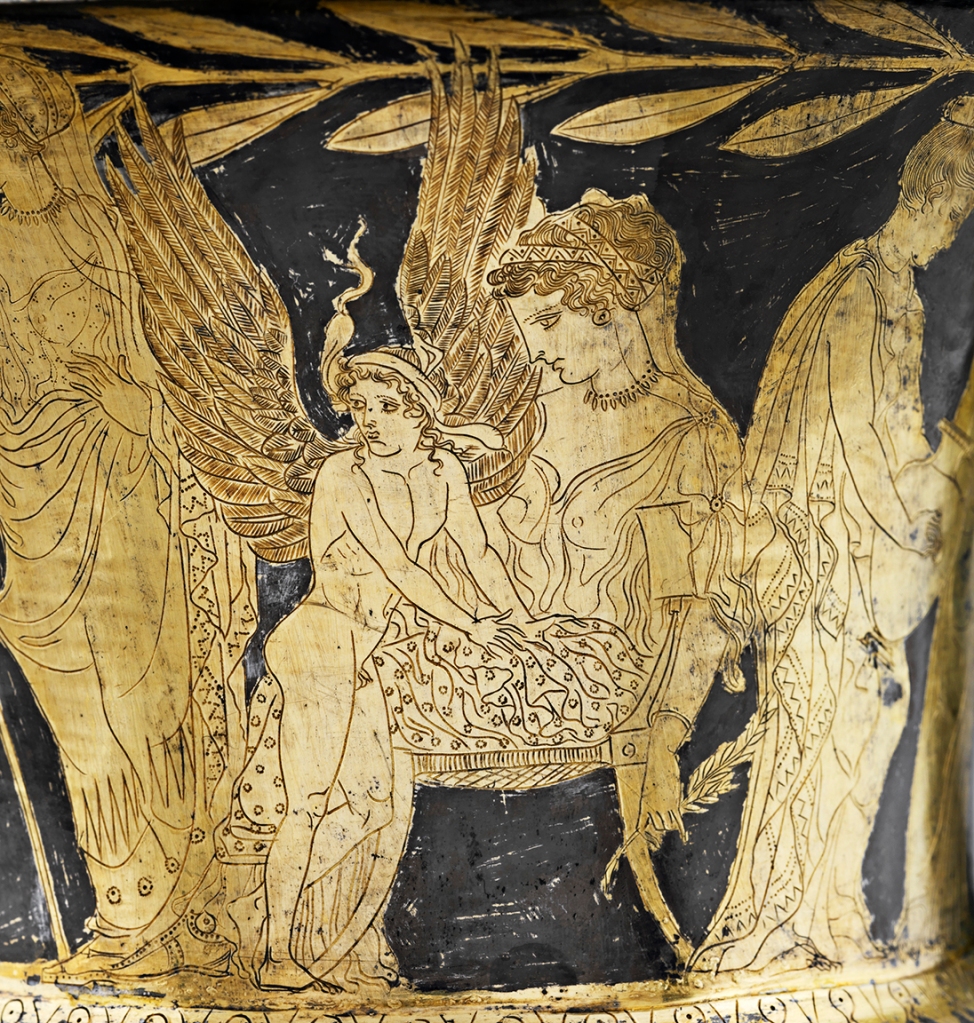
Aphrodite was worshipped throughout the Mediterranean from the early Archaic period of Greek history (750 BC – 500 BC) on through the Classical and Hellenistic times. The Romans took Aphrodite on as their own and she morphs into the goddess Venus, along with the other dieties in the Greek Pantheon. Temples were built for her worship, rituals were performed in her name. Statues and artworks heralded her beauty and power and her many physical and spiritual attributes. Aphrodite was associated the element of water that she was born of and the islands of Cythera and Cyprus. She was also associated with sacred mountains, where temples were built in her name. Aphrodite was floral—she loved flowers and fruits (the rose, narcissus, lily, poppy, pomegranate, apple, quince). Birds are an important part of Aphrodite’s entourage; doves, ducks, geese and swans. Aphrodite is intrinsically “golden”—this means not only gold the precious metal; her goldenness is her inherent beauty. Aphrodite is associated with the dawn, she is a solar goddess.

The ancient Greek Aphrodite occupied a broad and bountiful sexual territory. She was the goddess of marital love as well as erotic love. Aphrodite was married to the crippled god Hephaistos—god of Fire, craft and metalsmithing but she was not in love with Hephaistos. She had a long passionate affair with Ares the god of War. Hephaistos caught them in the act of love and cast a finely crafted golden net over the lovers, which they were later released from. Hephaistos divorced Aphrodite, divorce amongst the gods . . . very modern. She had liaisons with many of the other gods; Dionysius, Hermes and Poseidon. Goddesses were not supposed to lay with mortal men, however not so with Aphrodite. Aphrodite had a passionate and tragic affair with the beautiful mortal man Adonis, as well as her affair with the Trojan prince Anchises. She had many children: with Ares she had Eros, Phobos, Deimos, Harmonia, Pothos, Anteros, and Himeros; with Hermes she had Hermaphroditus; with Posiedon she had Rhodos and Eryx; with Dionysus she had Peitho, The Graces and Priapu; and with the Trojan prince Anchises she bore Aeneus. Aphrodite was sexually generous and liberated, the lover of genitals (smile) and also very generative in terms of her progeny.

Aphrodites beauty and sensuality was celebrated in sculptures and paintings from early Greek times and on into the Hellenistic and Roman times. The Aphrodite of Knidos is perhaps the most famous of these sculptures. The original sculpture is lost to us and the sculpture above is a Roman copy of the original Greek sculpture by Praxiteles of Athens created around the 4th century BC. The original sculpture is believed to be one of the first life sized representations of the nude female form in Greek history. The original sculpture has been copied many times and evolved in various ways. You can see in the Aphrodite of Knidos sculpture that Aphrodite is gesturing modestly and covering her pubic area. In many of the subsequent nude Aphrodite / Venus sculptures, she also covers a breast. The term “Venus pudica” is a designation used in western art that refers to this classical form of a woman hiding her pubic area, and sometimes her breasts, almost with a sense of shame. Early Greek sculptures of Aphrodite started this trend of modesty or shame (which arose again in the Renaissance and afterwards) which seems unfortunate to me in terms of the representation of female sexuality and beauty. Although these nude sculptures are gorgeous and sensuous, they also speak to the disempowerment of Aphrodite the goddess of Love. Our “original” Aphrodite; who arose from the phallus of her father the Sky; who lay with the gods and mortals without shame; would not cover herself coyly in this way.



Rome adapted and repurposed the mythology and iconography of Aphrodite into the goddess Venus, still a powerful goddess of love and but also victory and war. During the early Christian era evidence of Venus and Aphrodite (and many other Greek and Roman icons, temples and emblems of “pagan” culture) were destroyed or desecrated and built upon. Aphrodite / Venus submerged / disappeared for hundreds of years . . .

Head of Aphrodite with a cross. From a larger than life-size statue, made in the 1st century A.D. copying a Praxitelean original of about 350-325 B.C. The crosses on the forehead and jaw were incised in the Christian era. Found in the Roman Agora of Athens. National Archaeological Museum of Athens. Athens, Greece.
Aphrodite reborn . . .
Aphrodite / Venus was resurrected for us in the Western world during the Renaissance and beyond. In Sandro Botticelli’s “Birth of Venus” she is literally reborn in her golden glory and she is accompanied by the gods of the winds, Zephyr and Aura. The Hora of spring is ready to cloth Aphrodite / Venus. I have posted below some of my favorite and more famous Aphrodite / Venus paintings of the Renaissance, the Baroque, the Rococo, the French Academic and the Pre-Raphaelite periods. Only one of these paintings is by a woman, the Italian Renaissance painter Artemisia Gentileschi. Aphrodite / Venus is always white, the Ruben’s painting shows her with her black maid. Aphrodite / Venus’s influence on our thoughts about beauty, desire and different forms of love and sexual relationships and womanhood reflects back to us in subtle and complicated ways. Notice still the “Venus pudica” stance in many of these paintings which can be either standing or prone. She is always sexy but is she always powerful/empowered?
And in the 20th Century we had many “Golden Goddesses” of film, here are a few of my favorites:
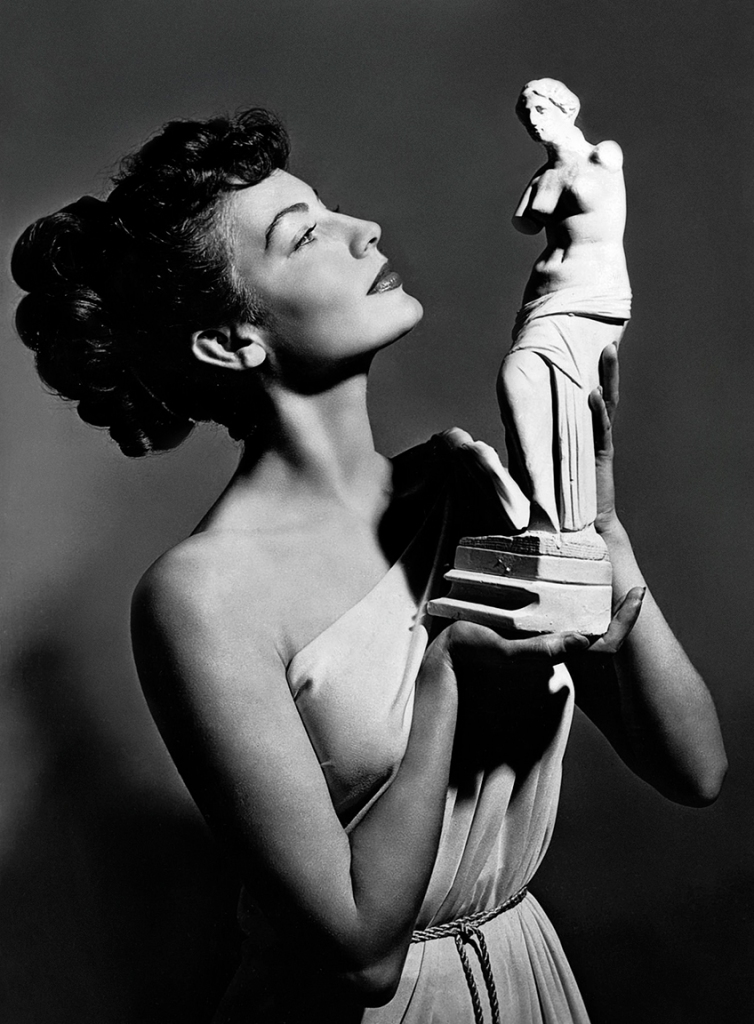

And finally my favorite Golden Goddess / Diva of the 21st Century—who does appear sexy, powerful and pregnant at the 2017 Grammy Awards:
This has been a deep dive for me into the origins and evolution of “My Aphrodite” —goddess of Beauty, Love, Sexuality and Power . . .
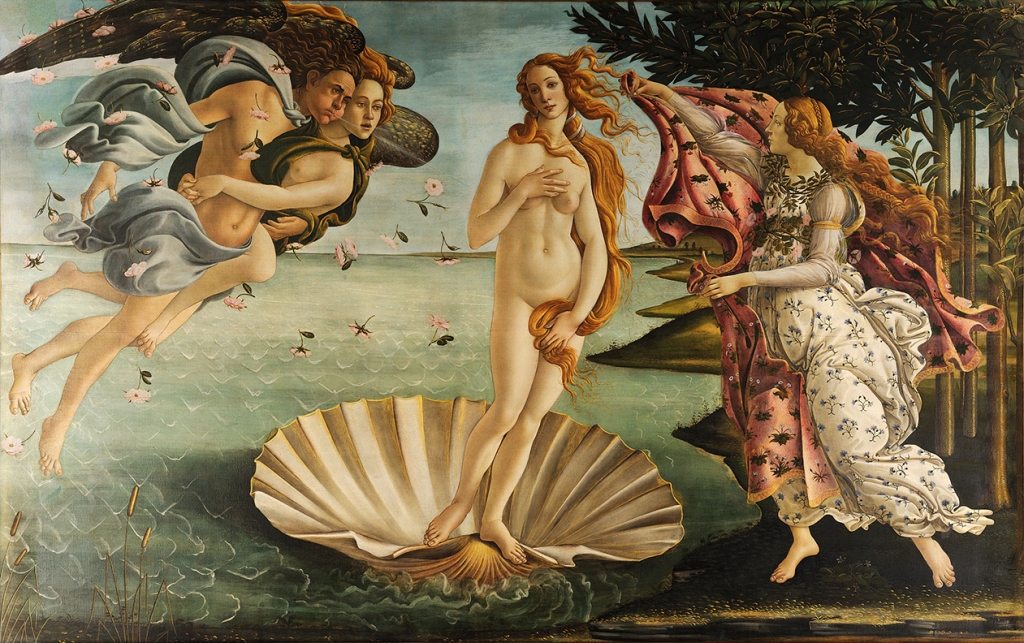






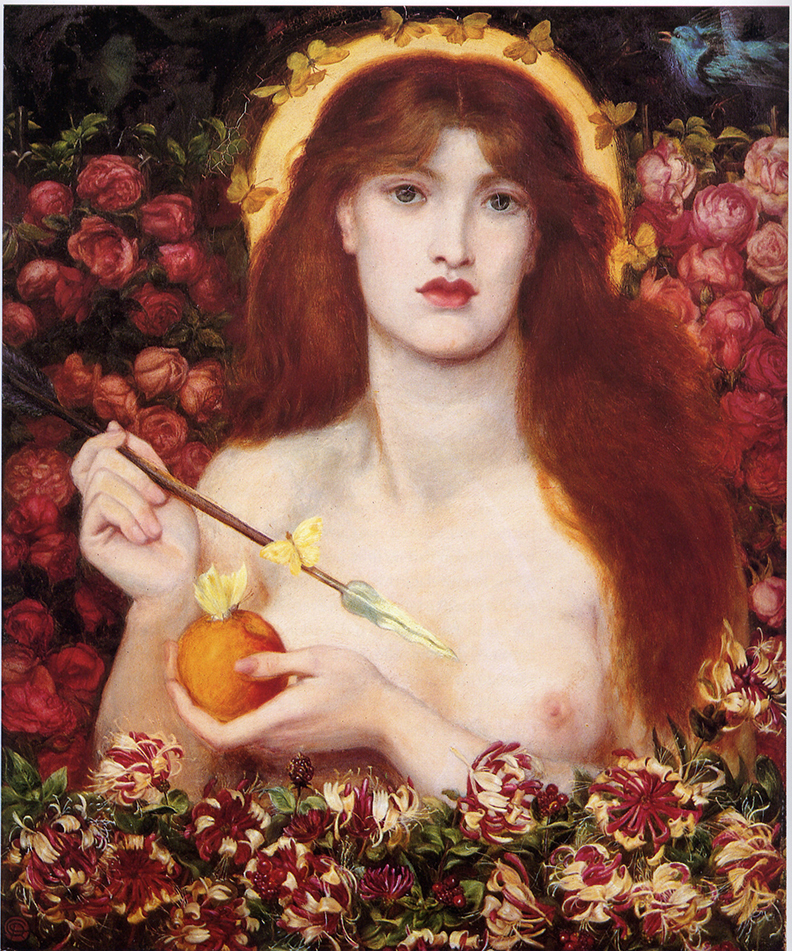


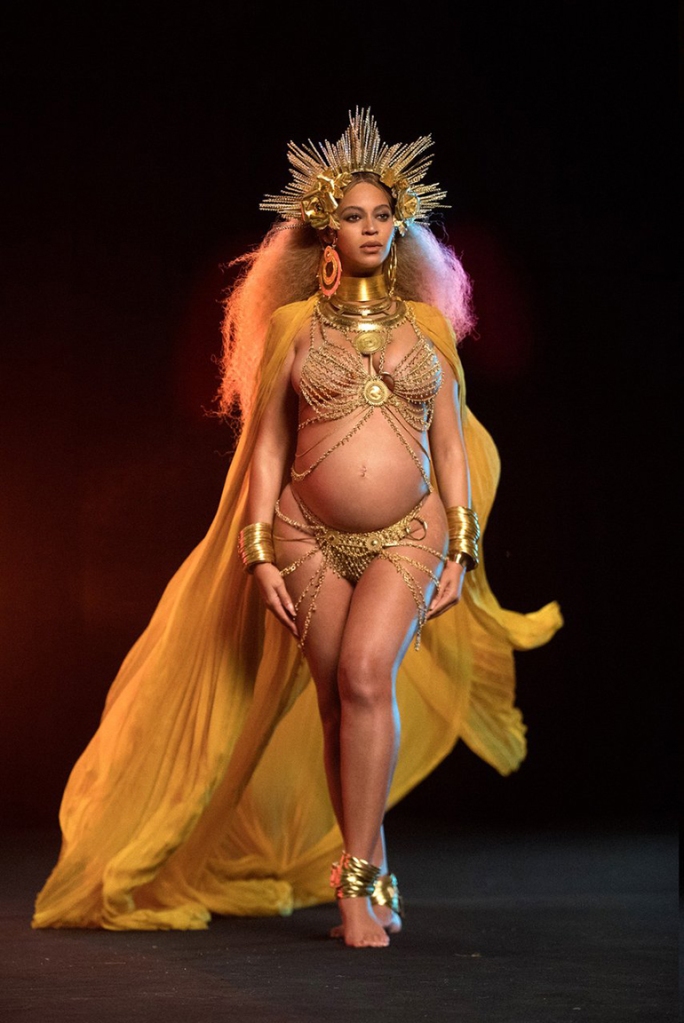
WOW! Once again you’ve outdone yourself. This is terrific. Thanks.
LikeLiked by 1 person
Thank you Jen!! lots of “research” xoxoxoxooxoxoox Sherry
LikeLike
Thanks. I agree she wouldn’t be so demure.
LikeLiked by 1 person
Jim, I like that word demure. I looked up some antonyms: bold; brave; aggressive; extroverted; outgoing; shameless; strong . . . xo Sherry
LikeLike
Very interesting /sherry. Suzie
LikeLike